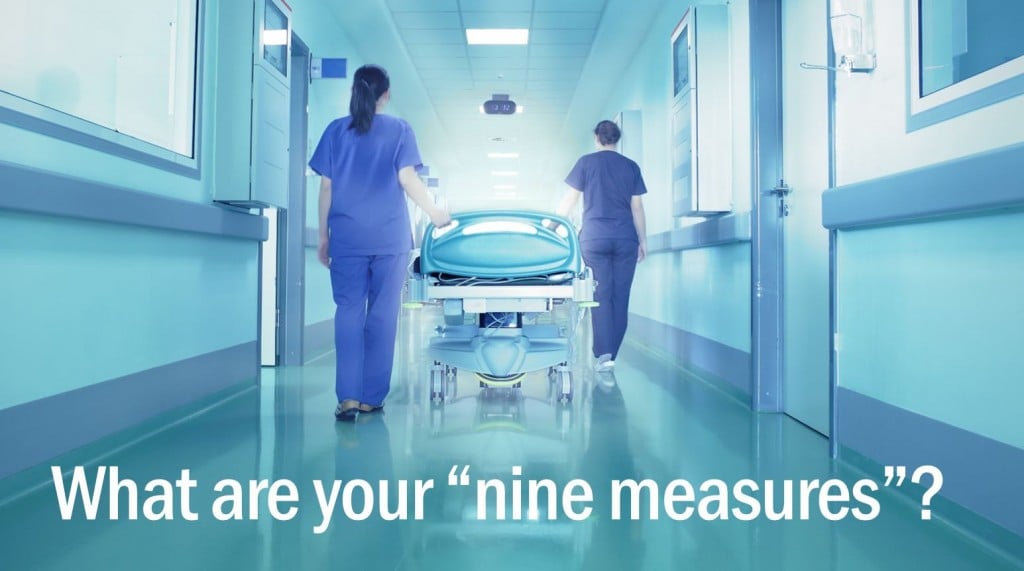
As widely recognized as the importance of a better customer experience is, there’s less conversation around the cost of delivering that experience.
There are two sides to this conversation. First, recognition that understanding your customers at a granular level is key to serving them, and to making a profit while doing so. Second, the fact that every interaction with customers or prospects has a cost associated with it. To deliver the right level of experience to each customer, you need also figure out what it actually costs to provide that service.
Bumping these together – being intelligent about customer experience through increased customer knowledge, and understanding how to spend less while maintaining or improving interactions – is at the heart of profitably delivering great experiences. Today, a handful of health care organizations are pioneering (for this industry, anyhow) a series radical and highly successful efforts that are accomplishing exactly this.
Aligning financial incentives to deliver better patient (and customer) experiences.
A recent New York Times article outlines the starting point for this conversation within these organizations: What do the goods and services we deliver actually cost? And what do our patients perceive as being most important (and what’s most important to outcomes) along these journeys?
Like any business, health services ultimately make money by charging more for their services than it costs to deliver them. Unlike many businesses however, a true understanding of these costs is often elusive. Add in the new reality that the Affordable Care Act (ACA) is placing significant emphasis on the patient’s experience of care, and we are seeing dramatic changes to the “way that things have always been done.”
While the idea of patient-centered care has been on the radar since the Institute of Medicine (IOM) identified it as a goal in their 2001 report Crossing the Quality Chasm: A New Health System for the 21st Century, it wasn’t until the ACA paired financial incentives with the concept that healthcare providers really began to take notice.
For other businesses, the financial incentives to deliver a better experience are tied to increased loyalty, purchasing behaviors and other beneficial behaviors. While driven by different forces, the approach taken by patient experience innovators including University of Utah Health Care and MD Anderson Cancer Center in Texas can help any business better understand where to focus efforts and investments in order to deliver experiences that are more effective and more profitable.
SDASDAS
Recognizing that nearly a third of health care spending in the United States can be attributed to inpatient hospital costs, health care providers first have to understand what it actually costs to provide care to their patients. At University of Utah Health Care, “a computer program — still a work in progress — with 200 million rows of costs for items like drugs, medical devices, a doctor’s time in the operating room and each member of the staff’s time” is at the heart of their system. This foundational understanding of actual costs provides a real picture of cost-to-serve.
In a project focused on bypass surgery, the dual lens of cost and outcomes drove the prioritization of nine measures that they call “perfect care”, which meant that they knew what was most important, and that when implemented the most important things actually got done first. Using these insights, they’ve been able to reduce costs and revise processes to help improve outcomes by making them more efficient and more effective.
The results are stunning by any measure: Costs dropped by nearly a third. Interestingly, they found that some of the traditional quality metrics didn’t actually affect their desired outcomes.
At MD Anderson, they went through every individual process that a patient experiences from the inside out – to understand at a patient level what those processes cost – and from the outside-in – to understand what parts of the experience patients believed to be most important.
By looking at the progress made by these health care organizations, in an industry that’s widely regarded as so complex that outcomes like these are nearly impossible to achieve, any customer experience professional can take heart in knowing that with the right outside-in and inside-out information the ability to save money and improve experience is not only possible, but can also be very valuable.
Even in industries where these insights remain elusive (like banking, where it’s widely recognized that 80 percent or more of customers actually destroy profits), results like those at Utah Health Care and MD Anderson should provide the impetus needed to drive toward greater transparency and understanding of the experience.
I know this isn’t easy – but it is critical. And if it can be done in one of the most complex service delivery ecosystems in existence in the world, you and your company can do it as well.



